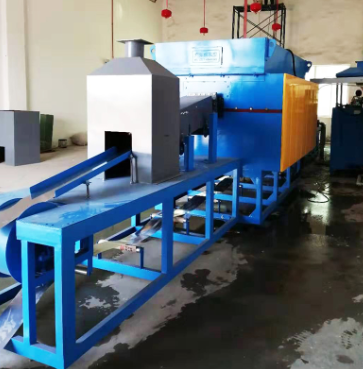What are the common quenching methods?
Jan. 22, 2022
What are the common quenching methods, and explain the principles of selecting different quenching methods?
Quenching method:
1. Single liquid quenching - the process of cooling to the end in a quenching medium. Single liquid quenching has large structural stress, thermal stress and quenching deformation.
2. Double liquid quenching - purpose: to cool quickly between 650 ℃ ~ MS, make V > VC, and cool slowly below MS, so as to reduce tissue stress. Carbon steel: water before oil. Alloy steel: oil before air.
3. Step quenching - the process of taking out the workpiece and staying at a certain temperature to make the internal and external temperatures of the workpiece consistent, and then air cooling. Step quenching is the process of M-phase change and small internal stress during air cooling.
4. Isothermal quenching refers to isothermal quenching in the bainite temperature zone, bainite transformation occurs, internal stress is reduced and deformation is small. The selection principle of quenching method should not only meet the performance requirements, but also reduce the quenching stress as much as possible to avoid quenching deformation and cracking.










